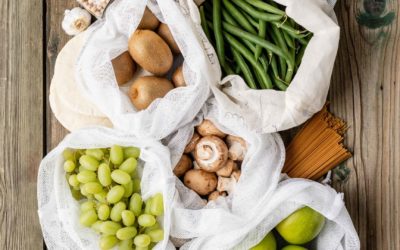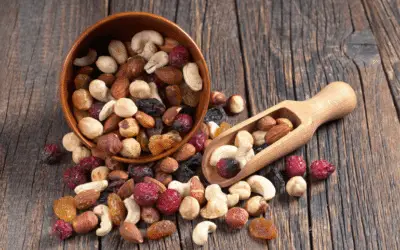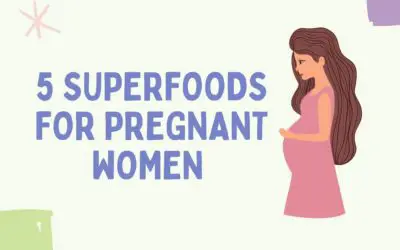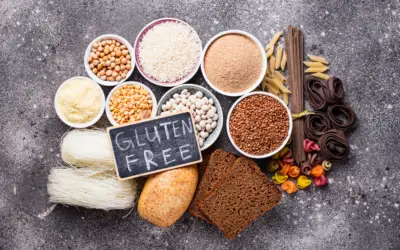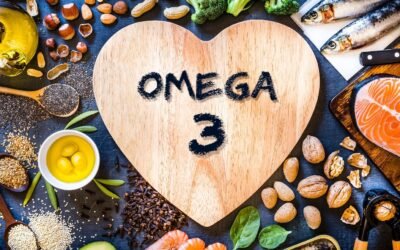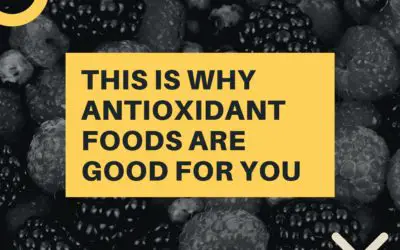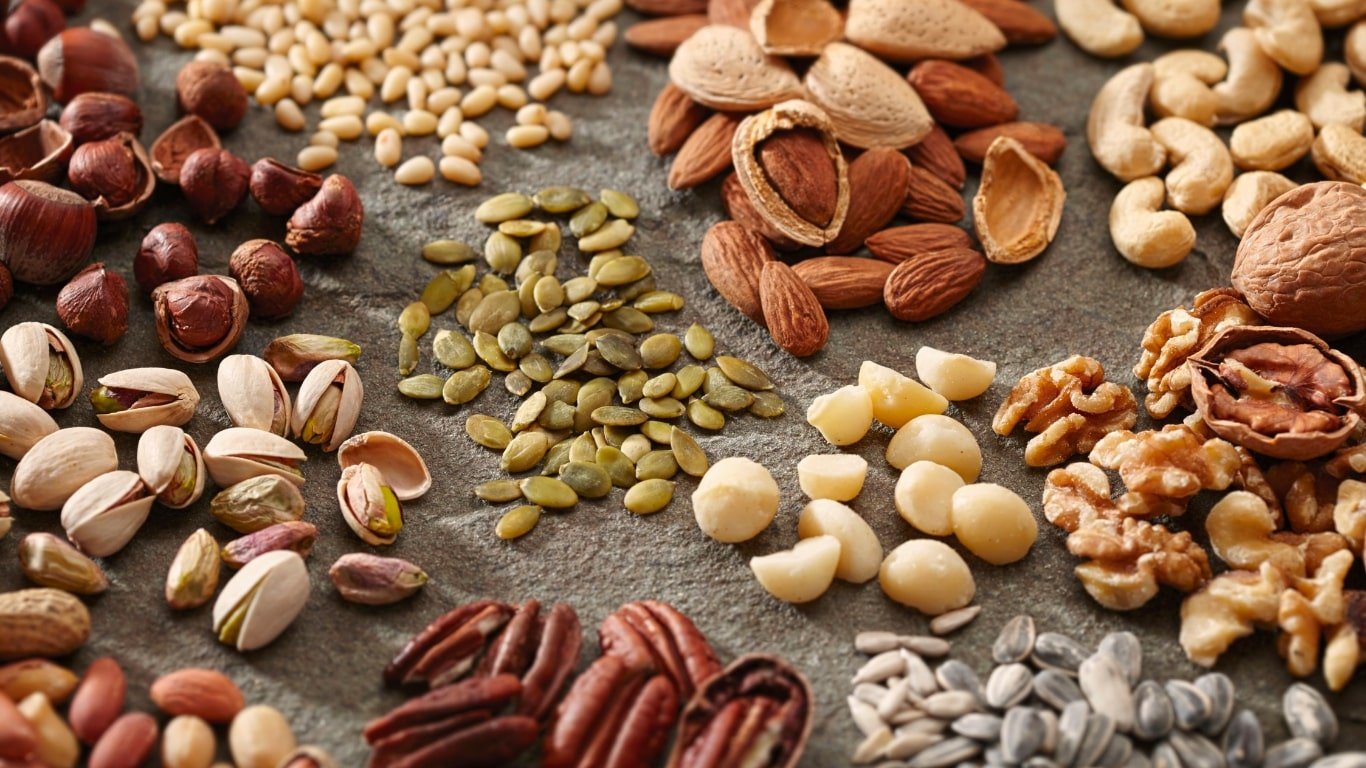
Introduction
In the world of nutrition and culinary arts, nuts and seeds are often celebrated for their health benefits and versatility. While they are frequently mentioned together due to their similarities, they are distinct in their botanical origins, nutritional profiles, and culinary uses. This article delves into the fascinating world of nuts and seeds, exploring their differences, health benefits, and roles in various cuisines.
Understanding the Basics: What Are Nuts and Seeds?
Nuts are generally hard-shelled fruits of certain plants, which contain a seed within. However, in a culinary context, nuts are often defined more broadly. True nuts, such as acorns and chestnuts, are fruits where the ovary wall becomes very hard at maturity, and the seed remains unattached to the ovary wall. Yet, many foods we commonly refer to as nuts, like almonds, cashews, and peanuts, are technically seeds or legumes.
Seeds, on the other hand, are embryonic plants enclosed in a protective outer covering. They come from various plants and are essential for plant reproduction. Seeds are incredibly diverse, ranging from small chia seeds to large sunflower seeds, each with its unique nutritional and culinary properties.
Botanical Differences: Nuts vs. Seeds
From a botanical standpoint, true nuts include species like chestnuts, hazelnuts, and acorns. These nuts are indehiscent, meaning they do not open to release their seeds when mature. In contrast, many foods we call nuts, such as almonds, walnuts, and pecans, are actually seeds because they originate from the ovary of a flower and are encased in a fleshy or leathery fruit.
Seeds are more diverse, encompassing a wide range of plants. They include grains like quinoa, flaxseeds, and chia seeds, which are cultivated for their edible seeds. The diversity in seeds reflects the variety of plants they come from, ranging from trees (like pine nuts) to flowering plants (like sesame).
Nutritional Profiles of Nuts and Seeds
Both nuts and seeds are nutrient-dense foods, rich in healthy fats, proteins, vitamins, and minerals. However, they differ slightly in their nutrient composition.
Nuts are known for their high fat content, particularly monounsaturated and polyunsaturated fats, which are beneficial for heart health. They are also good sources of protein, fiber, vitamin E, magnesium, and antioxidants. For example:
- Almonds are rich in vitamin E and magnesium.
- Walnuts are an excellent source of omega-3 fatty acids.
- Cashews provide a good amount of iron and zinc.
Seeds, while also rich in fats, tend to have a higher proportion of polyunsaturated fats, particularly omega-3 and omega-6 fatty acids. They are also excellent sources of fiber, protein, vitamins, and minerals. For instance:
- Chia seeds are packed with omega-3 fatty acids, fiber, and calcium.
- Flaxseeds are known for their high content of alpha-linolenic acid (ALA), a type of omega-3 fatty acid.
- Pumpkin seeds are rich in magnesium, iron, and zinc.
While both nuts and seeds are calorically dense, their rich nutrient content makes them valuable components of a balanced diet. However, portion control is essential, as excessive consumption can lead to an intake of too many calories.
Health Benefits of Nuts Vs Seeds
The consumption of nuts and seeds has been linked to various health benefits, particularly in preventing chronic diseases. Their high content of healthy fats, antioxidants, and other nutrients plays a significant role in these benefits.
Nuts Health Benefits
Nuts have been widely studied for their cardiovascular benefits. The monounsaturated and polyunsaturated fats found in nuts help lower LDL (bad) cholesterol levels, reducing the risk of heart disease. Additionally, nuts are a rich source of antioxidants like vitamin E, which protects cells from oxidative damage. The fiber content in nuts also supports digestive health and aids in weight management by promoting satiety.
Research has also shown that regular consumption of nuts can lower the risk of type 2 diabetes. The combination of healthy fats, fiber, and protein helps regulate blood sugar levels and improves insulin sensitivity.
Seeds Health Benefits
Seeds are also associated with numerous health benefits. For example, the high fiber content in chia and flaxseeds helps improve digestive health by promoting regular bowel movements and preventing constipation. The omega-3 fatty acids in flaxseeds and chia seeds are known to reduce inflammation and may lower the risk of chronic diseases like heart disease and arthritis.
Pumpkin seeds, rich in magnesium, are beneficial for maintaining healthy blood pressure and bone health. The zinc content in pumpkin seeds also supports immune function and wound healing. Sunflower seeds, high in vitamin E, provide antioxidant protection and support skin health.
Moreover, the lignans found in flaxseeds have been studied for their potential role in reducing the risk of hormone-related cancers, such as breast cancer. These plant compounds have estrogen-like properties that may help regulate hormone levels in the body.
Nuts vs Seeds Culinary Uses
Nuts and seeds are incredibly versatile in the kitchen, adding flavor, texture, and nutrition to various dishes.
Nuts Uses in Food
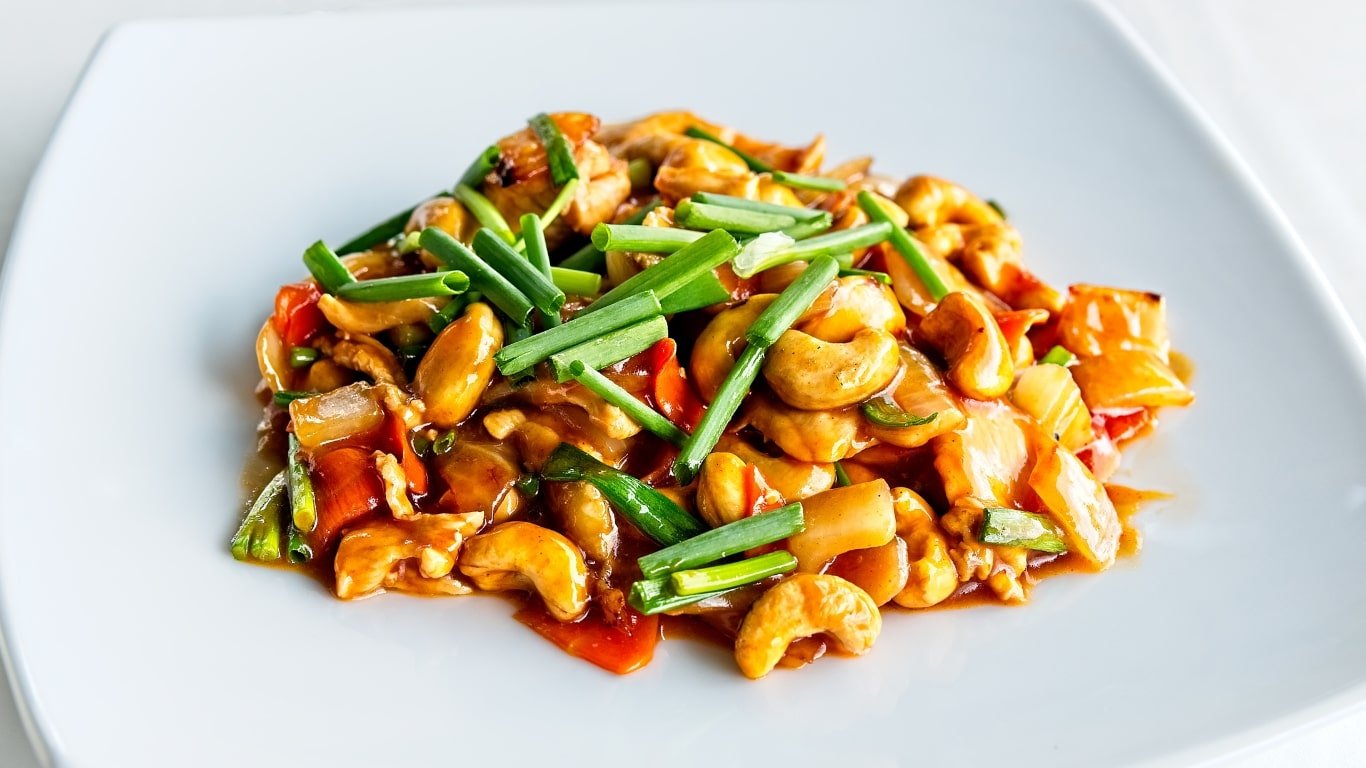
Nuts are commonly used in both sweet and savory dishes. They can be eaten raw, roasted, or toasted, and are often added to salads, granola, baked goods, and desserts. Nut butters, such as almond or peanut butter, are popular spreads and ingredients in smoothies, sauces, and dips. Nuts can also be ground into flour, as seen with almond flour, which is a popular gluten-free alternative in baking.
Seed Uses in Food
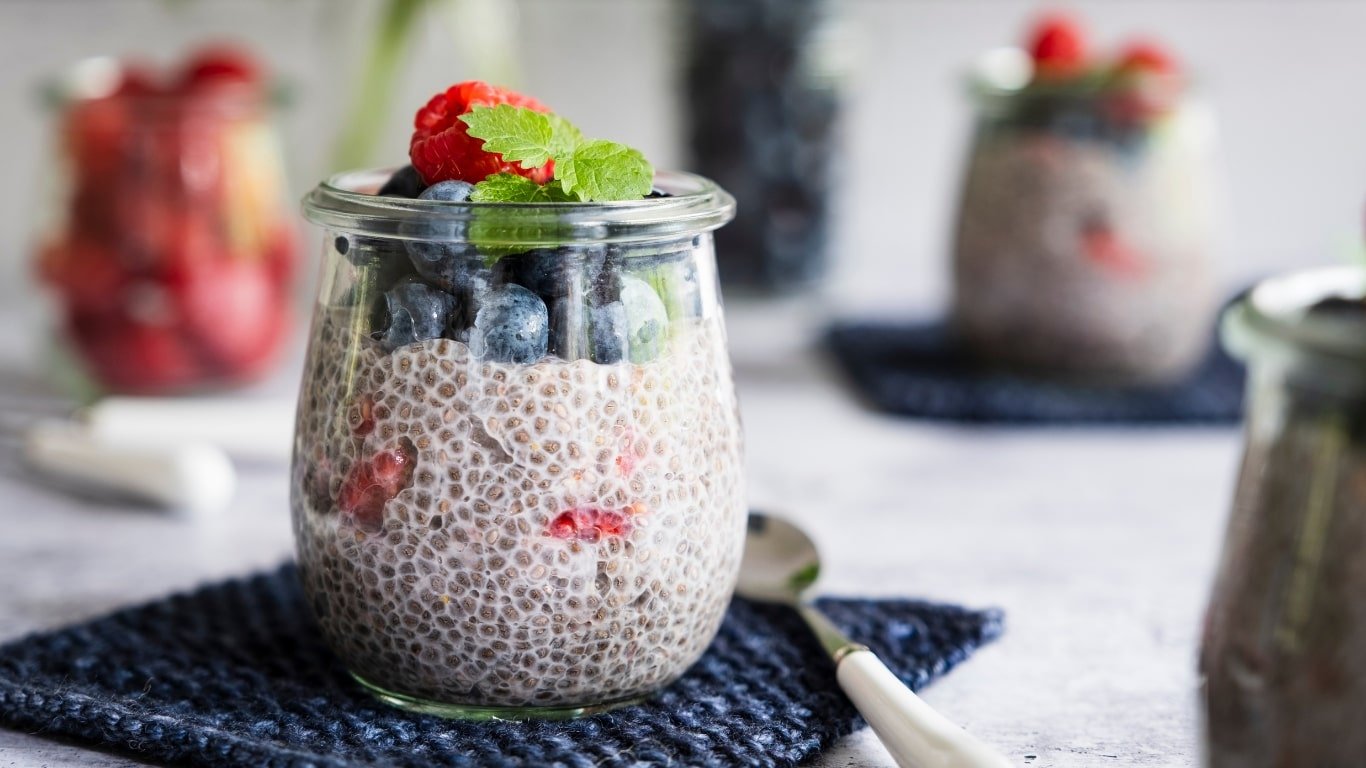
Seeds are similarly versatile and are often used in baking, cooking, and as toppings for salads, yogurt, and smoothies. Chia seeds, for example, can be used to make chia pudding, a popular healthy dessert. Flaxseeds can be ground and used as an egg substitute in vegan baking, or added to smoothies for a nutritional boost.
Sesame seeds are a staple in many cuisines, particularly in Middle Eastern and Asian dishes. They are used to make tahini, a paste that is a key ingredient in hummus, and are also sprinkled on breads, sushi, and stir-fries. Pumpkin seeds, often roasted, make a crunchy snack or can be added to salads and granola for extra texture and nutrition.
Sunflower seeds are another popular snack and are often used in baking, such as in sunflower seed bread. They can also be used to make sunflower seed butter, a nut-free alternative to peanut butter.
Environmental Impact of Nuts and Seeds
When it comes to sustainability, both nuts and seeds have their pros and cons. The environmental impact of growing nuts and seeds varies depending on the type, farming practices, and location.
Nuts, particularly almonds, have been scrutinized for their water usage. Almond farming, especially in California, is known to be water-intensive, which is a concern in regions facing water scarcity. However, nuts like hazelnuts and chestnuts are often grown in rain-fed conditions and have a lower environmental impact.
Seeds generally require less water to grow than nuts and can be more sustainable, depending on the farming practices used. For example, flax and chia seeds are often grown in regions where they are well-adapted to the climate, reducing the need for excessive water and chemical inputs.
Both nuts and seeds can be grown organically, which reduces the environmental impact by avoiding synthetic pesticides and fertilizers. Additionally, the cultivation of some nuts and seeds can support biodiversity and provide habitat for wildlife.
Frequently Asked Questions
Are seeds and nuts the same thing?
No, seeds and nuts are not the same thing, though they are often grouped together due to their similarities in nutritional content and culinary uses. Botanically, a nut is a hard-shelled fruit that contains a seed, where the ovary wall becomes very hard at maturity, and the seed inside remains unattached. True nuts include species like chestnuts and hazelnuts. Seeds, on the other hand, are the embryonic plants enclosed in a protective outer covering and are crucial for plant reproduction. Many foods commonly referred to as nuts, such as almonds and cashews, are technically seeds or legumes, highlighting the difference between the two.
What is the healthiest nut or seed to eat?
The “healthiest” nut or seed can vary depending on specific dietary needs and health goals, but walnuts and flaxseeds are often highlighted for their exceptional health benefits. Walnuts are renowned for their high content of omega-3 fatty acids, which are beneficial for heart health and reducing inflammation. Flaxseeds are also rich in omega-3 fatty acids, particularly alpha-linolenic acid (ALA), and are a great source of fiber, which supports digestive health. Both are packed with antioxidants, vitamins, and minerals, making them excellent choices for promoting overall health.
Why are seeds not nuts?
Seeds are not nuts because they differ in their botanical structure and function. A seed is the reproductive part of a plant that can grow into a new plant, and it is enclosed in a protective outer covering. Seeds can come from various types of plants, including flowering plants and trees. Nuts, however, are a specific type of seed that is typically encased in a hard, inedible shell. True nuts, like acorns and chestnuts, are a particular kind of seed that does not release the seed when it matures. Therefore, while all nuts are technically seeds, not all seeds are nuts, which is why seeds and nuts are classified differently.
Is an almond a nut or seed?
An almond is technically a seed, not a true nut. Almonds are the seeds of the fruit of the almond tree (Prunus dulcis), which belongs to the same family as peaches and cherries. The fruit of the almond tree is a drupe, which means it has an outer fleshy part and a hard shell that contains the seed inside. When we eat almonds, we are consuming the seed of the fruit, not a true nut. This makes almonds part of the broader category of seeds, even though they are commonly referred to as nuts in culinary contexts.
Conclusion
Nuts and seeds, though different in many ways, both offer substantial nutritional benefits and culinary versatility. Their rich profiles of healthy fats, proteins, vitamins, and minerals make them valuable additions to a balanced diet. While they each have their own unique properties, combining a variety of nuts and seeds can provide a broader spectrum of nutrients and flavors.
Whether you’re sprinkling chia seeds on your smoothie, spreading almond butter on toast, or snacking on a handful of roasted pumpkin seeds, these small but mighty foods can play a big role in supporting your health and enhancing your meals.

